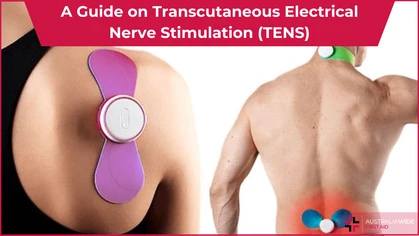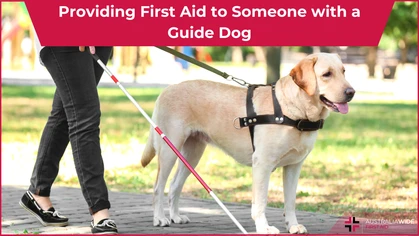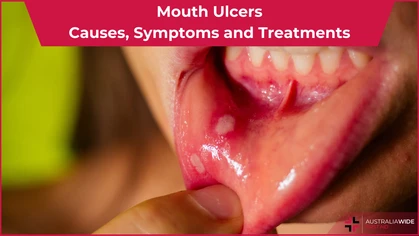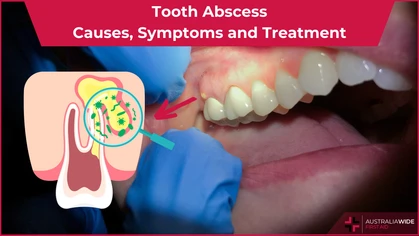Distinctions Between Speech and Language Disorders

General Health-Related
 Communication is a fundamental aspect of human interaction and plays a crucial role in our daily lives.
However, not everyone communicates in the same way. Some people face challenges that impact their ability to express themselves effectively. These challenges may be diagnosed as a communication disorder.
They can impact not only the person's ability to communicate, but also their self-esteem, social interactions, and overall quality of life.
Speech disorders and language disorders are two distinct categories of communication disorders that encompass a range of difficulties.
They are often used interchangeably; however, it is important to recognize the key differences between the two.
Communication is a fundamental aspect of human interaction and plays a crucial role in our daily lives.
However, not everyone communicates in the same way. Some people face challenges that impact their ability to express themselves effectively. These challenges may be diagnosed as a communication disorder.
They can impact not only the person's ability to communicate, but also their self-esteem, social interactions, and overall quality of life.
Speech disorders and language disorders are two distinct categories of communication disorders that encompass a range of difficulties.
They are often used interchangeably; however, it is important to recognize the key differences between the two.
Speech vs Language
While speech and language are often used interchangeably when discussing communication, they are very distinct entities for the medical community. Language is the system of communication. Using sounds, symbols, and gestures to convey meaning. Speech is the actual sounds of spoken communication. Using the muscles of the jaw, lips, tongue, vocal cords, and respiratory system to produce the sounds that constitute a language. Both of these communication skills develop throughout childhood. Different aspects of speech and language development are appropriate at different ages. For example, a 3-year-old may substitute sounds within words, and this would be considered developmentally appropriate. But it would be considered developmentally inappropriate in a 5-year-old. An adult could develop disordered speech or language due to an injury to the brain, certain disease progression, or other trauma. Disorders of speech are different to disorders of language simply due to the difference between speech and language. A person can present with an individual disorder or any combination of speech and/or language disorders.Speech Disorders
Speech disorders involve difficulty producing speech sounds correctly or fluently. People with speech disorders struggle with the physical aspects of articulating and pronouncing sounds and words. This can result in their speech being unclear, difficult to understand, or even unintelligible. These disorders can present in various ways:- Articulation Disorders: The most common speech disorders. They involve difficulties in forming specific sounds correctly, resulting in distorted or substituted sounds. For example, saying "wabbit" instead of "rabbit."
- Phonological Disorders: Involve difficulties in organizing and using speech sounds within the rules of a language. People with phonological disorders may have trouble with sound patterns or simplify complex sounds.
- Fluency Disorders: Characterized by disruptions in the natural flow of speech. People may repeat sounds, syllables, or words, or experience prolongations of sounds. Stuttering is a well-known fluency disorder.
- Voice Disorders: Involve abnormalities in pitch, volume, or quality of the voice. They occur when the vocal cords don’t vibrate normally.
- Apraxia of Speech: A neurological disorder affecting motor planning and coordination needed for speech production. It's known as childhood apraxia of speech in children and acquired apraxia of speech in adults.
- Dysarthria: A motor speech disorder caused by muscle weakness or paralysis, usually due to brain damage or nerve issues involved in speech sound production.
- Selective Mutism: An anxiety-related disorder where individuals consistently fail to speak in certain social situations, despite speaking in others.
Language Disorders
Language disorders are broader in scope and encompass difficulties in understanding and using language for communication. These disorders affect the cognitive and linguistic aspects of communication rather than just the physical aspects of speech production. Language disorders can manifest in multiple ways:- Receptive Language Disorders: These disorders lead to difficulties in understanding spoken or written language. Individuals may struggle with following directions, comprehending stories, and understanding the meaning of words and sentences.
- Expressive Language Disorders: Involve difficulties in conveying thoughts, ideas, and feelings through language. People with these disorders may have a limited vocabulary, struggle to form grammatically correct sentences, or find it challenging to organize their ideas coherently.
- Pragmatic Language Disorders: Can lead to challenges in understanding and appropriately using nonverbal cues, taking turns in conversations, maintaining eye contact, and understanding social contexts.
Key Differences
The primary distinction lies in where the impairment originates. Speech disorders are centred on the physical production and mechanics of speech sounds. Meanwhile, language disorders involve difficulties in the cognitive aspects of language comprehension and expression. This includes vocabulary, grammar, and social communication skills. Speech disorders mainly affect the clarity and accuracy of speech, making it difficult for others to understand the person. Language disorders have a broader impact on various aspects of communication, including understanding, expressing, and using language effectively. Each disorder is distinct and unique. They can develop throughout childhood and become acquired in adulthood. Due to this, all suspicions of a disorder should be directed to a medical professional. Accurate diagnosis to essential to ensure the correct speech therapy techniques are employed.Conclusion
While speech disorders and language disorders both involve challenges in communication, they are caused and exacerbated by separate mechanisms, and impact different aspects of the communication process. Recognizing these differences is essential for accurate diagnosis and effective intervention. Whether it's helping people overcome speech articulation issues or supporting those struggling with understanding complex language structures, a tailored approach through therapy can make a significant difference in improving communication abilities and enhancing overall quality of life.
Originally published at
https://www.australiawidefirstaid.com.au/resources/distinctions-between-speech-and-language-disorders
as part of the Australia Wide First Aid Articles Library









